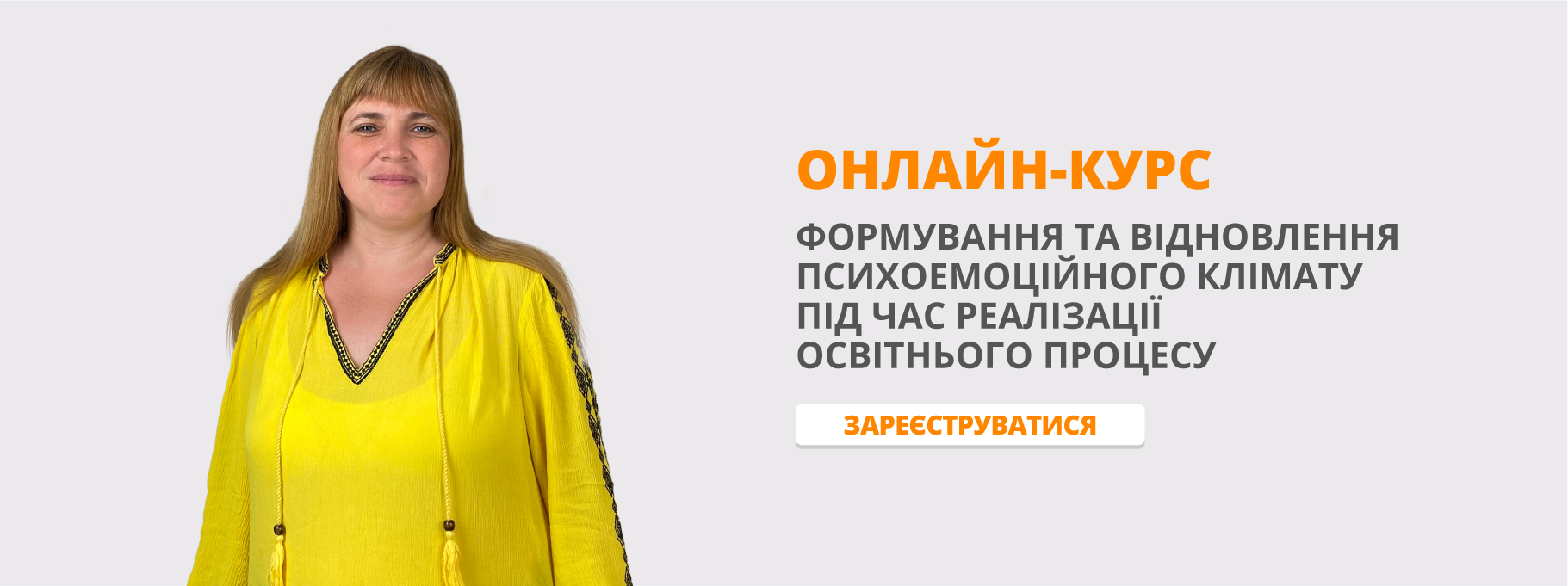Урок " Моя родина" для 3 класу
Topic: My family
Number in class: 3rd
Grade – 8-9 years old
Lesson time: 30 minutes plus 10 minute extension
Aims
- to realize family vocabulary and I`ve got/ I haven`t got
- to show examples of different kinds of families where children might see their own experience represented
- to develop reading and writing skills
- to have an opportunity to be creative in a supported way
- to contribute to a class display.
Learning outcomes:
By the end of the lesson the learners will be able to:
- understand new vocabulary and how this words connect with family
- they will work together to produce a poster
- in finally learners can complete a craft activity.
Language support materials:
- family cards worksheets (one per learner)
- paper and crayons for drawing
- poster
Before the lesson
Teacher download and make copies of the worksheets which need: one text worksheet and one images worksheet per learners or pair of learners. Cut worksheets into cards.
- Warmer ( 5 mins)
Introduce to the topic by planning a guessing game. Draw a simple stick picture on the board and label it `me`. Children draw a mum and dad (strict people) behind you and elicit the words by pointing and saying, ` This is my…`. When a learner guesses correctly, write `mum` and `dad`. Add other stick figures to represent family members, elicit the words and add the labels.
Also I use flashcards or drawing to realize family words: mum, dad, brother, sister, aunt, uncle, grandma , grandpa, cousin, baby.
- Reading and matching activity (10-15 mins)
- Check for any unknown vocabulary and decide whether to pre-teach words or encourage learners to guess the meaning from the tex.
- learners into pairs and hand out the text and image cards for matching.
- then I explain that learners need to read the family descriptions and match each descriptions with its corresponding picture. Monitor learners while they read and match. Help and guide where necessary.
- elicit the answers with the whole class. One way of doing this is by reading out each text in turn and asking learners to hold up the correct picture each time.
- Follow-up to matching task (5 mins)
- Ask learners if any of the families in the picture are the same as theirs. Ask, `Is this like your family?` Encourage learners to think about the components of each family and to find similarities and differences. Point out that all families have things that are the same and things that are different, and that every family is special.
- Extension and personalization (15 mins)
- learners draw a picture of their own family, including themselves. Then they write a short text describing their family unit.
- make a classroom display with the pictures and texts. Add a heading: Our families.
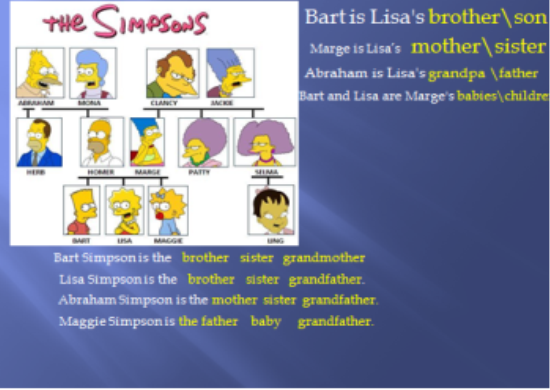 Flash - cards
Flash - cards
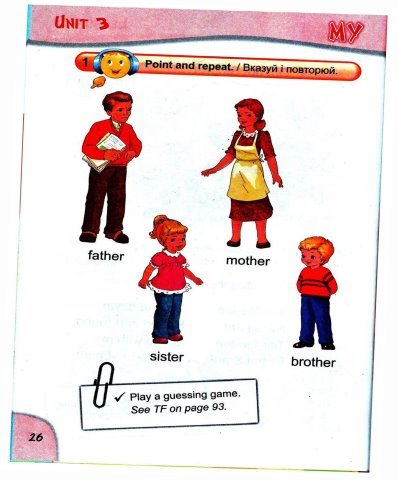
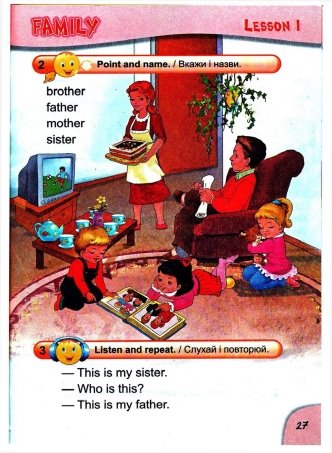
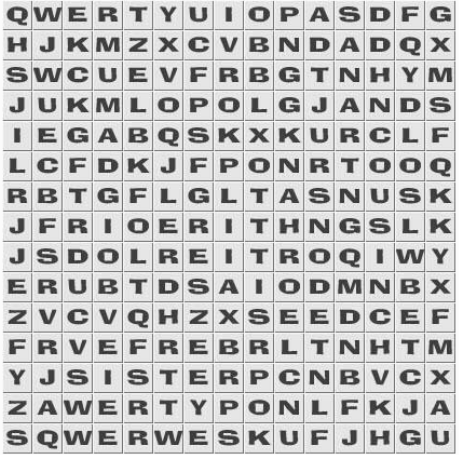
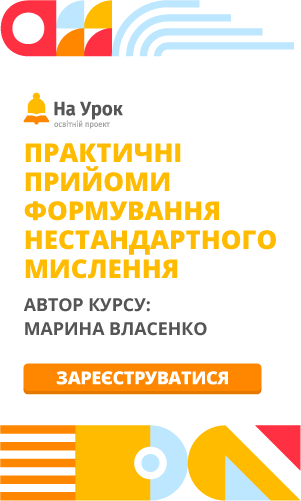

про публікацію авторської розробки
Додати розробку
